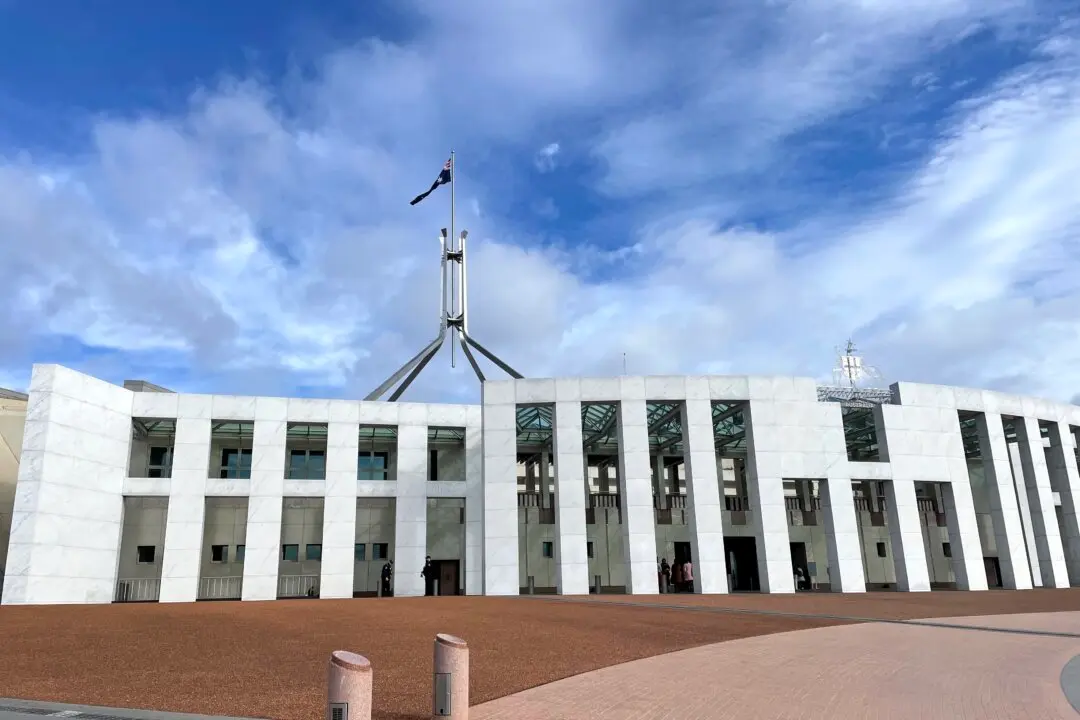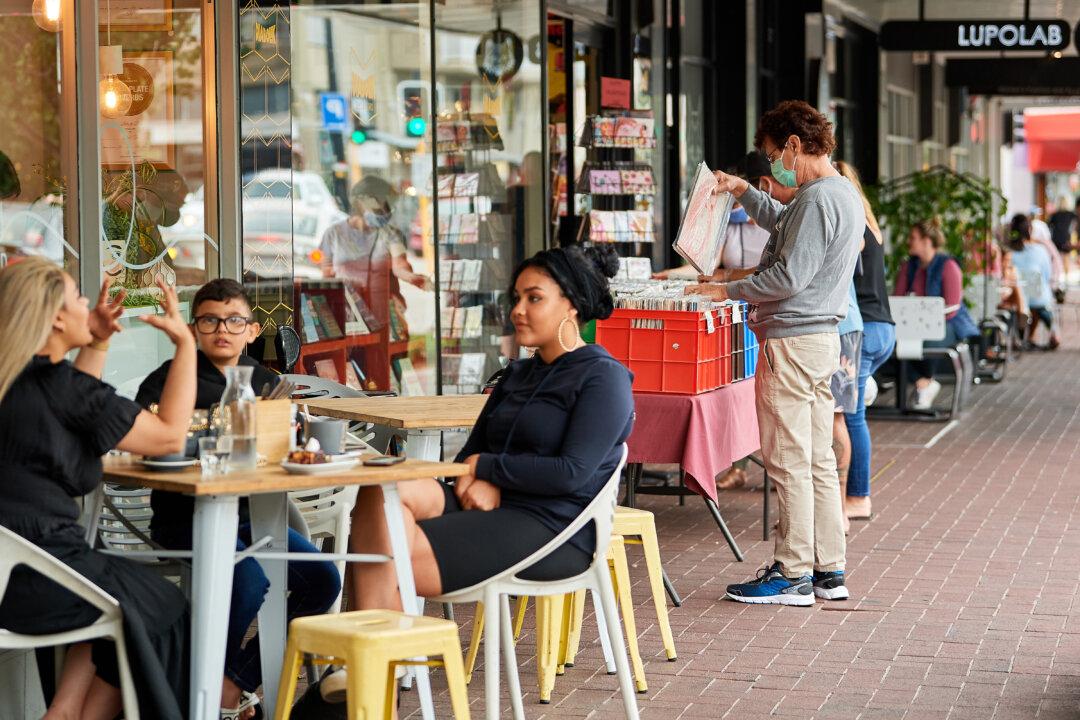Australia’s inflation rate held steady in January, but a slight rise in core inflation has cast doubt on the possibility of another interest rate cut in the first half of the year.
The Australian Bureau of Statistics (ABS) reported that the consumer price index (CPI) remained at 2.5 percent for the 12 months to January, defying market expectations of a slight increase to 2.6 percent.
Michelle Marquardt, head of prices statistics at the ABS, confirmed the inflation rate was unchanged. However, a key measure of core inflation, the trimmed mean, edged up to 2.8 percent, exceeding forecasts of 2.6 percent.
This is the first inflation data since the Reserve Bank of Australia (RBA) lowered the cash rate to 4.1 per cent in December—its first cut in over four years.
While inflation remains within the RBA’s target range, the uptick in core inflation may temper expectations of another rate cut in the near term.
RBA Governor Michele Bullock cautioned against assuming more cuts were imminent.
Food, Housing Costs Rise
The biggest contributors to annual inflation were food and non-alcoholic beverages (+3.3 percent), housing (+2.1 percent), and alcohol and tobacco (+6.4 percent).Food inflation was largely driven by fruit prices, which surged 12.3 percent due to poor growing conditions in mid-2024. Avocadoes, mangoes, and citrus fruits also became more expensive amid lower summer supply.
Housing inflation accelerated from 1.5 percent in December to 2.1 percent in January, with rents rising 5.8 percent over the year.
Energy Rebates
Electricity prices were 11.5 percent lower in January compared to a year earlier, though this reflected government rebates.The impact of Queensland’s $1,000 electricity rebate faded as households exhausted the subsidy, driving a smaller decrease than December’s 17.9 percent drop.
Treasurer Welcomes ‘Progress’ on Inflation
Treasurer Jim Chalmers and Finance Minister Katy Gallagher welcomed the latest figures, highlighting that both headline and underlying inflation have remained within the RBA’s target band for two months in a row.“This is the first time in almost four years that headline inflation has been below 3 percent for six consecutive months,” they said in a joint statement.
They described the data as proof of “substantial and sustained progress” in the fight against inflation.
“When we came to office, inflation was higher and rising and interest rates were rising. Now inflation is lower and interest rates have fallen,” they said.
Meanwhile, Shadow Treasurer Angus Taylor said Australians would continue to go backwards under Labor’s failed economic management.
“Whether it is living standards, productivity, or real wages—if Labor’s plan continues, Australians will be poorer for a decade. If you can’t manage the economy, you can’t manage a cost of living crisis,” he said.







